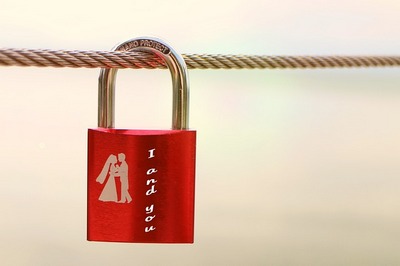Tag Archives: wwii
KABC’s David Ono honors Nisei soldiers of 100th/442nd RCT w/ terrific series of 4 short documentaries
It was great to see the Nisei heroes of the 100th Battalion and 442nd Regimental Combat Team receive Congressional Gold Medals on Nov. 2 in Washington DC (watch the C-Span feed of the ceremony), and the media coverage of the long-overdue honor and recognition of these men’s patriotic achievements over 60 years ago. Of all […]
Heart Mountain internment camp’s new interpretive learning center opens this weekend
It’s a fact: The 10 concentration camps built during World War II to imprison 120,000 people of Japanese descent — more than half U.S.-born and therefore American citizens, and most of them mere children — were all thrown together in godforsaken corners of the country. No offense to people who live near the sites of […]
Obama gives props to 100th Battalion/442nd Regimental Combat Team
President Obama today signed legislation at a White House ceremony to collectively award the soldiers of the 100th battalion/442nd Regimental Combat Team the Congressional Gold Medal. Individual members had been awarded Medals of Honor but as a group, this is the first time the bravery of the mostly Japanese American troops of the 100th/442nd has […]
Another side of December 7, 1941
I grew up being apprehensive every December 7. I’m Japanese American, and was born long after Pearl Harbor was bombed in 1941, but for a long time I felt an inescapable sense of responsibility for the attack. My early years were spent in a military environment — my dad was in the U.S. Army. But […]
